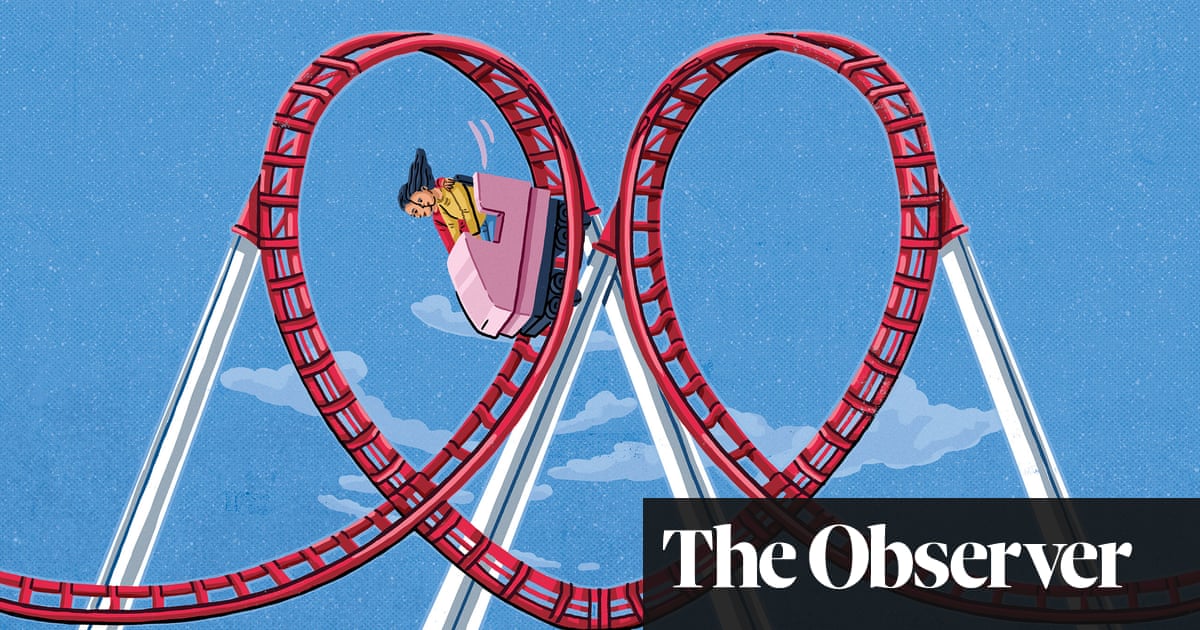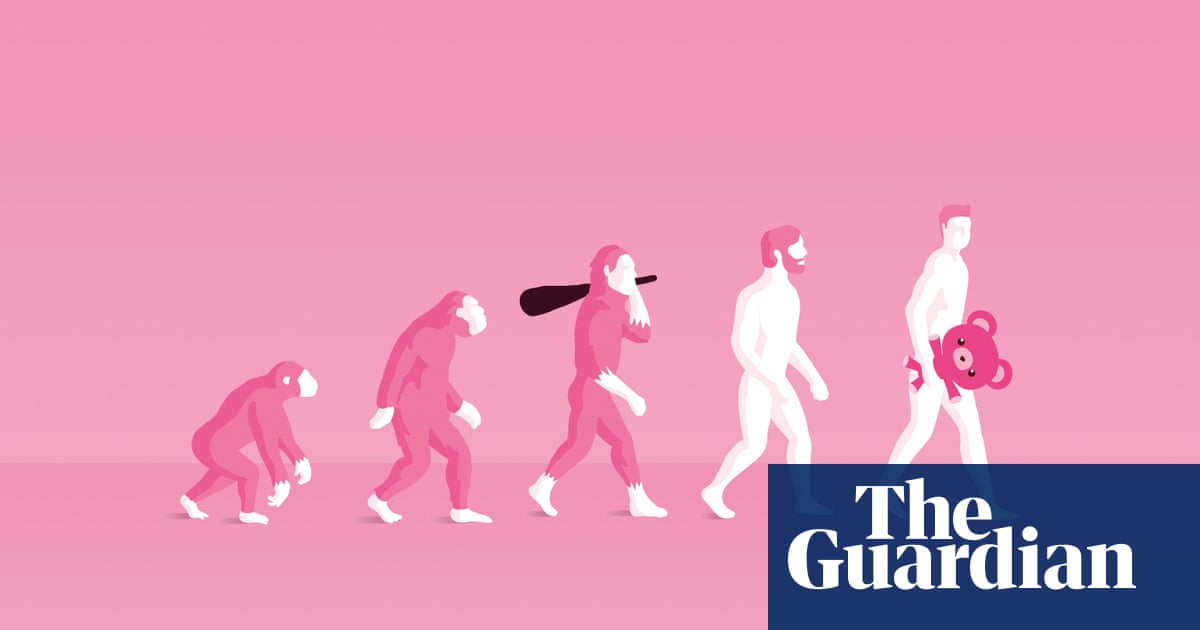
Quantum theory is perhaps the most successful scientific idea ever. So far, it has never been proved wrong. It is stupendously predictive, it has clarified the structure of the periodic table, the functioning of the sun, the colour of the sky, the nature of chemical bonds, the formation of galaxies and much more. The technologies we have been able to build as a result range from computers to lasers to medical instruments.
Yet, a century after its birth, something remains deeply puzzling about quantum theory. Unlike its illustrious predecessor, Newton’s classical mechanics, it does not tell us how physical systems behave. Instead, it confines itself to predicting the probability that a physical system will affect us in one way or another. When an electron is fired from one side of a wall with two holes, for instance, quantum theory tells us where it will end up on the other side, stubbornly saying nothing plausible about which hole it has gone through. It treats any physical system as a black box: if you do this to it now, it will react like that later. What happens in between? The theory simply doesn’t tell us.
Many scientists are content with this, but others are puzzled. Among the latter, some make hypotheses: they propose complicated stories about parts of nature that are hidden from us for ever, or multiple universes that underpin the part of reality we do see. Others resign themselves to the notion that science is not about what things “really are”: it is only about what we are able to directly observe.
Another idea has recently begun to catch on. Perhaps there is no need to make anything up about what lies behind quantum theory. Perhaps it really does reveal to us the deep structure of reality, where a property is no more than something that affects something else. Perhaps this is precisely what “properties” are: the effects of interactions. A good scientific theory, then, should not be about how things “are”, or what they “do”: it should be about how they affect one another.
The idea seems radical. It pushes us to rethink reality in terms of relations instead of objects, entities or substances. The possibility that this could be what quantum physics is telling us about nature was first suggested a quarter of a century ago. For a while it remained largely unnoticed, then several major philosophers picked it up and began to discuss it. Nowadays interest in the idea, called the Relational Interpretation of Quantum Mechanics, is steadily growing. It is a possible solution to the puzzle of quantum theory: what quantum phenomena are is evidence that all properties are relational.
There is a strikingly similar definition of existence at the root of the western philosophical tradition. Plato’s The Sophist contains the following phrase: “Anything which possesses any sort of power to affect another, or to be affected by another, if only for a single moment, however trifling the cause and however slight the effect, has real existence; and I hold that the definition of being is simply action. [δύναμιςδύναμις]” And in the eastern tradition, the Buddhist philosopher Nāgārjuna’s central notion of “emptiness” (śūnyatā) tells us that nothing has independent existence: anything that exists, exists thanks to, as a function of, or according to the perspective of, something else.
So maybe this is not such a radical idea after all. We all know that a chemical substance is defined by how it reacts, a biological species is defined according to the niche it occupies in the biosphere, and what defines us as human beings is our relationships. Think of a simple object such as a blue teacup. Its being blue is not a property of the cup alone: colours happen in our brain as a result of the structure of the receptors in the retina of our eyes and as a consequence of the interactions between daylight and the cup’s surface. Its being “a teacup” refers to its potential function as a drinking vessel: for an alien who doesn’t know about drinking tea, the very notion of a teacup is meaningless. What is more, its stability as an object depends on the timescale in which we consider it: take a longer view and it is just a fleeting aggregation of atoms. And are these atoms themselves independent elements of reality? No they are not, as quantum theory shows: they are defined by their physical interactions with the rest of the world.
So quantum physics may just be the realisation that this ubiquitous relational structure of reality continues all the way down to the elementary physical level. Reality is not a collection of things, it’s a network of processes.
If this is correct, I think it comes with a lesson. We understand reality better if we think of it in terms of interactions, not individuals. We, as individuals, exist thanks to the interactions we are involved in. This is why, in classic game theory, the winners in the long run are those who collaborate. Too often we foolishly measure success in terms of a single actor’s fortunes. This is both short-sighted and irrational. It misunderstands the true nature of reality, and is ultimately self-defeating. I believe, for example, that we make this mistake all the time in international politics. Prioritising individual countries, or groups of countries, over the common good, is a catastrophic error. It leads to the devastation of war and prevents us from addressing the true challenges that all of humankind – a node in nature’s network – faces as a whole.
Carlo Rovelli is a professor of physics and the author of Helgoland: Making Sense of the Quantum Revolution. To support the Guardian and the Observer buy a copy at guardianbookshop.com. Delivery charges may apply.
Further reading
The World According to Physics by Jim Al-Khalili (Princeton, £12.99)
Theaetetus & Sophist by Plato (Cambridge, £17.99)
Meeting the Universe Halfway: Quantum Physics and the Entanglement of Matter and Meaning by Karen Barad (Duke, £23.99)












